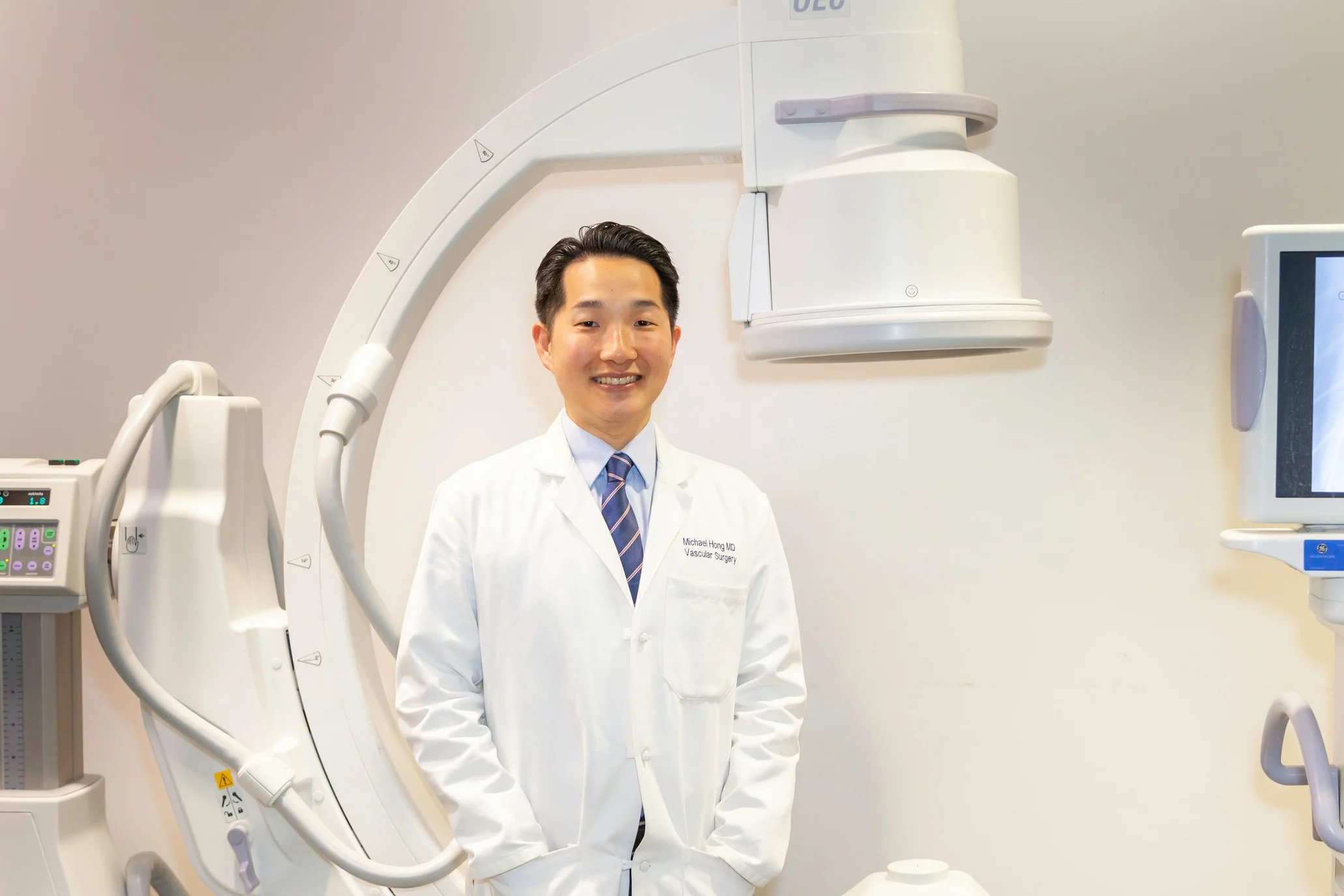Carotid Artery Disease
Carotid Artery Disease Treatments >
Carotid artery stenosis is a chronic, progressive disease of the arteries supplying the brain. We have two carotid arteries that branch on each side of your neck to feed blood (and thus oxygen) to your brain. Carotid stenosis is a narrowing of the carotid artery, most commonly caused by atherosclerosis. Atherosclerosis is formed from deposits of substances like cholesterol, calcium and cellular debris in the inner lining of an artery. These deposits, called plaques, can interrupt blood flow to the brain, causing a stroke or TIA (transient ischemic attack). The risk of stroke can be high if the stenosis is severe. The higher the degree of narrowing of the artery, the higher the long-term risk of stroke. Nearly all patients with neurologic symptoms attributable to carotid artery stenosis should have either surgery or endovascular treatment. Symptoms can last as little as a few seconds, minutes, or can even be permanent. Common symptoms include blindness in one eye, and inability to speak, asymmetry in the face muscles, or numbness or weakness of the arm or leg. Immediately recognizing and treating a stroke can stop further injury to the brain, and may even reverse symptoms.
Many patients with carotid artery stenosis do not have symptoms. Carotid artery stenosis is diagnosed using ultrasound of the carotid arteries. For patients with multiple cardiovascular risk factors (high blood pressure, high cholesterol, smoking history, lower extremity peripheral arterial disease, coronary artery disease, etc) screening duplex ultrasound is recommended. For asymptomatic patients with a mild or moderate degree of blockage, management includes stopping smoking, controlling blood pressure, and taking medications such as aspirin and statins to lower the long-term risk of stroke. If the degree of narrowing is severe, surgery or endovascular therapy may be indicated in order to reduce the long-term risk of stroke.


